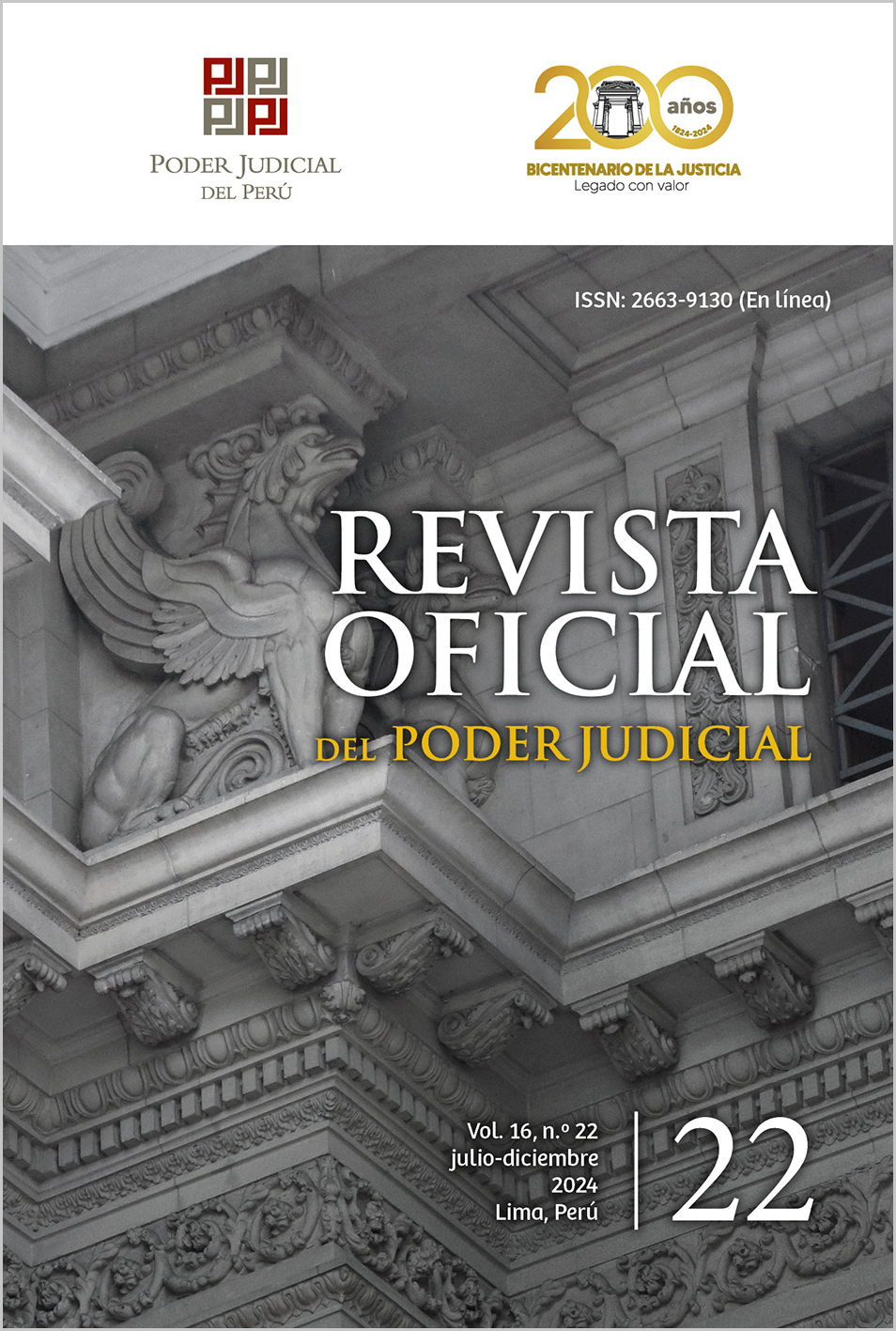The application of artificial intelligence in constitutional processes for the protection of fundamental rights
Abstract
This article aims to reflect on the implementation of artificial intelligence in constitutional processes, specifically in amparo and habeas corpus proceedings against judicial rulings, and the aporia that such an approach would entail, given that it is currently a complex task for claimants to determine the violation of constitutionally protected fundamental rights within ordinary judicial processes. This implies that when such processes are constitutionalized, they may fail to merit a substantiated judgment, as inadmissibility often becomes a decisive factor. From this perspective, an intriguing question arises: Would the implementation of artificial intelligence be effective in resolving constitutional processes that challenge judicial decisions, particularly from the standpoint of protecting fundamental rights and ensuring effective procedural safeguards? Answering this question requires examining the relationship between law and artificial intelligence (AI) and identifying the issues within the mentioned constitutional processes to assess whether AI could provide a solution to the existing problem.
Downloads
Metrics
Métricas alternativas
References
Casanovas, P. (2010). Derecho, tecnología, inteligencia artificial y web semántica. Un mundo para todos y para cada uno. En J. Fabra (coord.), Enciclopedia de filosofía y teoría del derecho (vol. 1, pp. 825887). Universidad Nacional Autónoma de México.
Castillo, L. (2023). El contenido constitucional de los derechos fundamentales como conjunto de normas constitucional. Athina, (15), 2952. https://doi.org/10.26439/athina2023.n015.6483
Castope, L. (2023, 11 de abril). Suplemento Jurídica: Los desafíos de la inteligencia artificial en el sistema de justicia. Diario Oficial El Peruano. https://www.elperuano.pe/noticia/209807suplementojuridicalosdesafiosdelainteligenciaartificialenelsistemadejusticia
Guastini, R. (2018). Filosofía del derecho positivo. Palestra Editores.
IBM (s. f.). ¿Qué es la IA? https://www.ibm.com/mxes/topics/artificialintelligence
Laney, D. (2001). Tres V del Big Data. The Gartner Group.
Recasens, L. (2003). Vida humana, sociedad y derecho. Biblioteca Virtual Universal.
Suárez, W. Y. y De León, G. I. (2018). Inteligencia artificial y su aplicación en la administración de justicia. Revista Jurídica Mario Alario D’Filippo, 11(21), 7183.
Susskind, R. (1996). The future of law. Oxford University Press.
Trazegnies, F. de (2013). ¿Seguirán existiendo jueces en el futuro? El razonamiento judicial y la inteligencia artificial. Ius et Veritas, (47), 112130.
Tupayachi, J. (2022). Ni urgente ni necesario, más bien: desastroso. Reflexiones sobre los efectos del Código Procesal Constitucional a más de un año de vigencia. Revista Peruana de Derecho Constitucional, (14), 5585.
Fuentes normativas y jurisprudenciales
Expediente n.o 00252005PI/TC y 00262005PI/TC Lima (2005). Tribunal Constitucional (28 de octubre de 2005).
Expediente n.o 000302021PI/TC (2023). Tribunal Constitucional (31 de enero de 2023).
Copyright (c) 2024 Jhonny Tupayachi Sotomayor

This work is licensed under a Creative Commons Attribution 4.0 International License.
The authors retain their copyrights and register under the Creative Commons Attribution 4.0 International License (CC BY 4.0), which allows the use of the published material (adapt - remix, transform and build - and share - copy and redistribute - the material in any medium or format).
1. The journal allows authors to retain their copyrights of submitted articles without any restrictions.
2. Authors retain the right to share, distribute, copy, perform and publicly communicate the article published in Revista Oficial del Poder Judicial (e.g., place it in an institutional repository).
3. Authors retain the right to make a subsequent publication of their work, to use the article or any part of it (for example: a compilation of their work, notes for conferences, thesis, or for a book), as long as they indicate the source of publication (authors of the work, journal, volume, number and date).






















